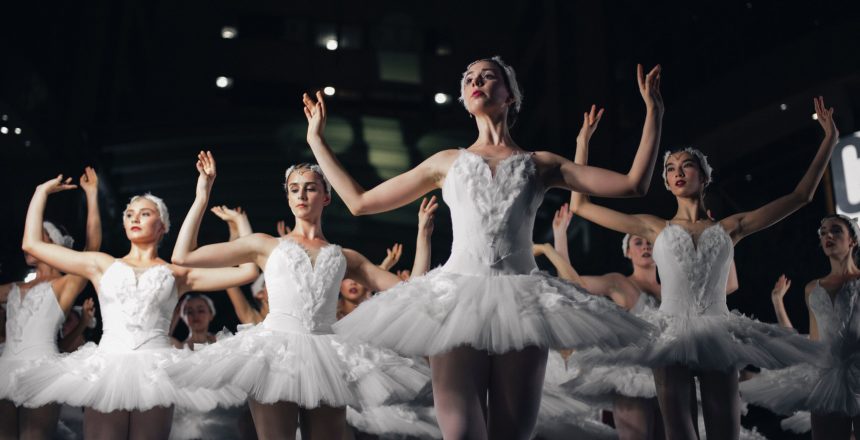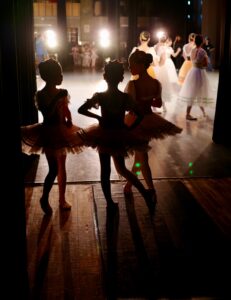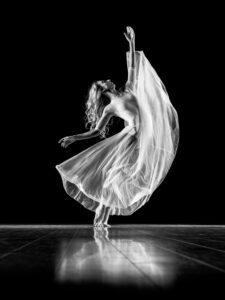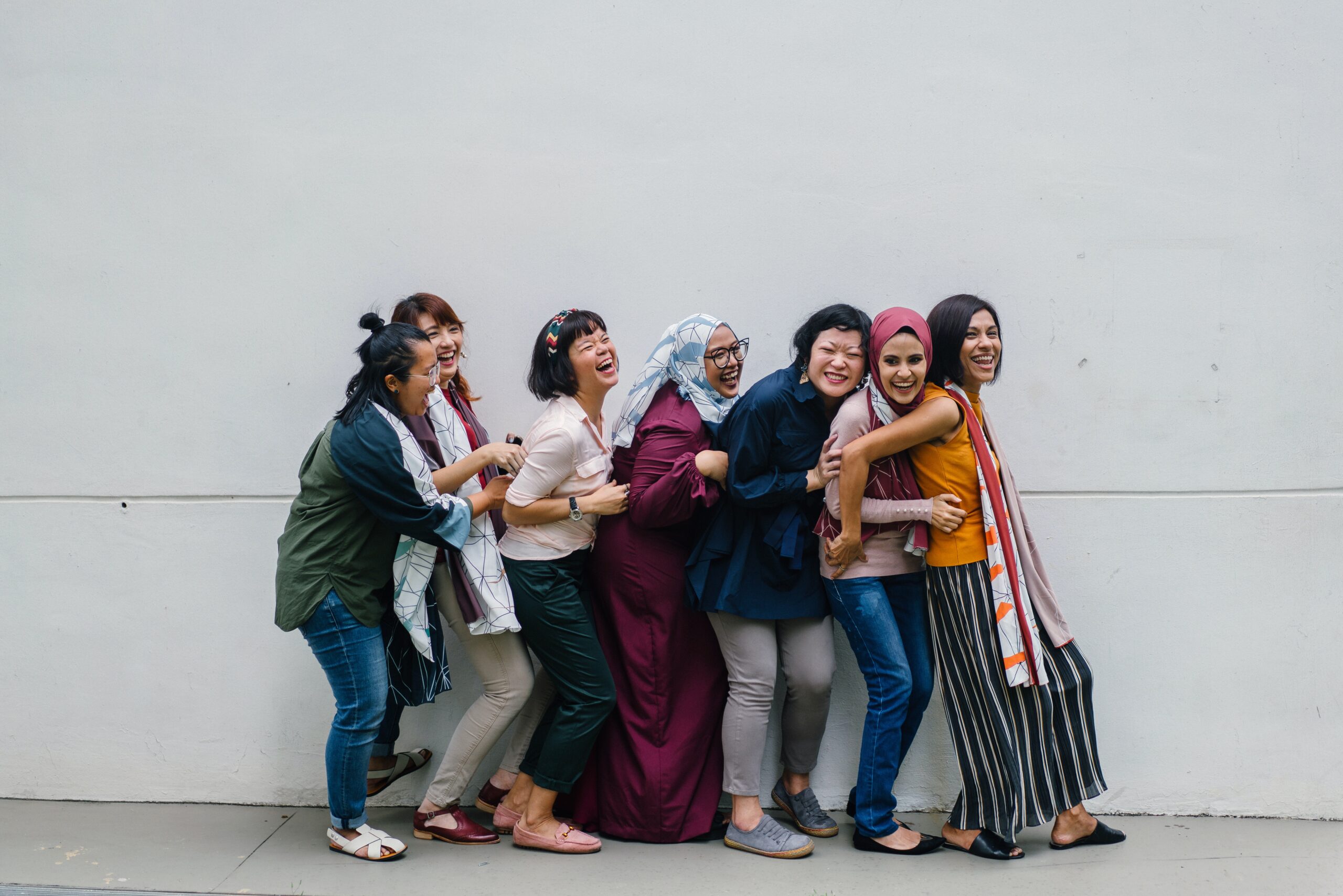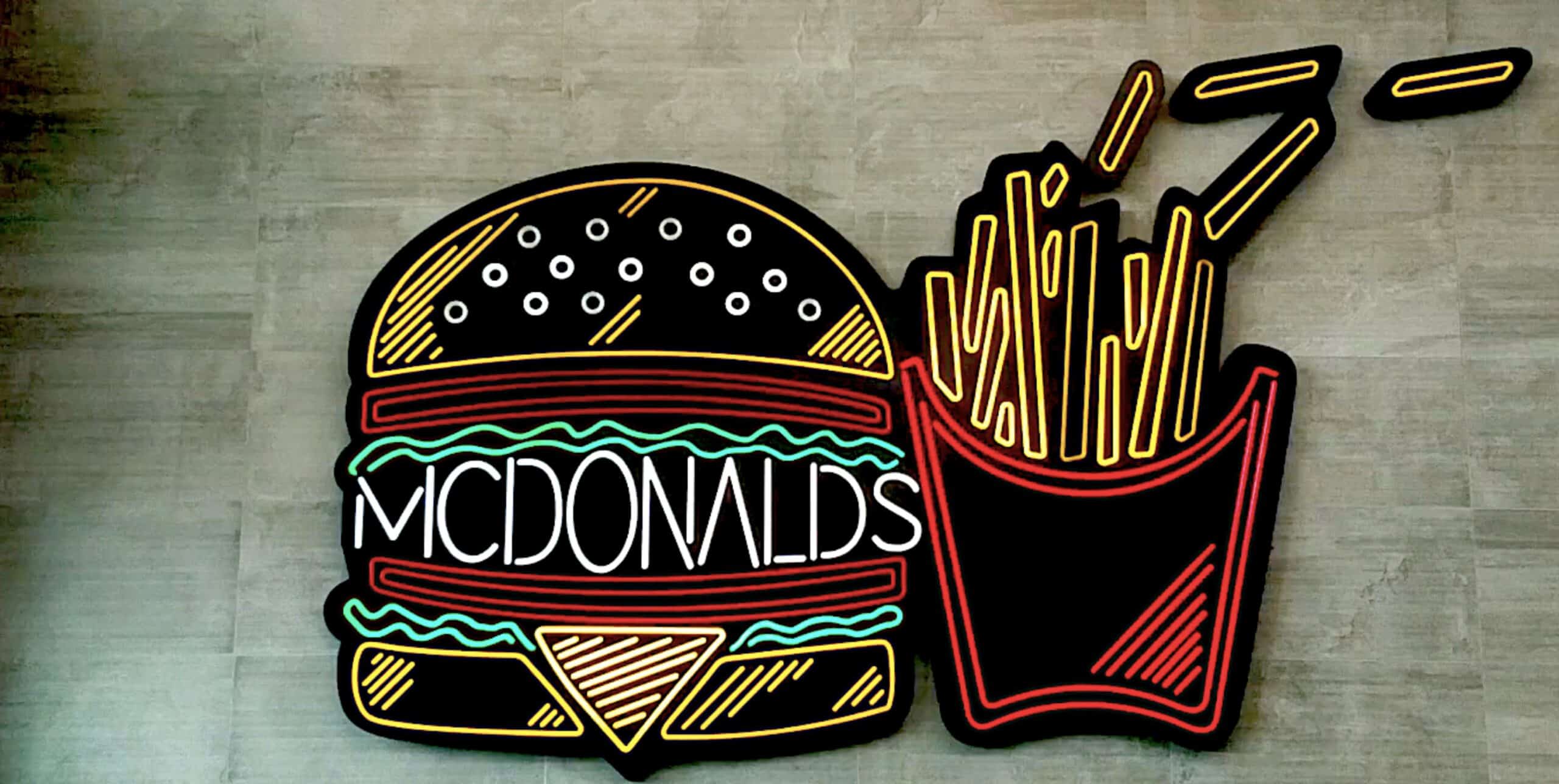Dance is the emotion and movement of the body in a rhythmic way. With the general practice of music and given space. Dance is the purpose of expressing an emotion or idea, releasing energy, or usually taking delight in the movement itself. Dance is a powerful impulse, with the skillful performers into something that becomes intensely expressive which may delight spectators who feel no wish to dance themselves. There are two concepts of arts in dance, the first is Dance as a skill and the other one is Dance as a powerful impulse. Choreographed art practiced primarily by a professional —is the most essential connecting idea running through any consideration of the subject. In Dance, the connection between the two concepts is more extensive than in some other arts, and neither can exist without the other. Continue reading to learn more about this field and the performing arts scholarships available to help make dreams come true.
Here Are Some Types Of Dance:
Contemporary Dance
This class focuses on performance in contemporary techniques. In this form of dance, you work mentally and technically with choreographers to grow your technical and artistic skills. You can also work towards creating fresh dance expressions as a specific hell-bent for performance.
This form mainly focuses on creating choreography with an edge by consolidating other genres. This is adapted towards producing triple-threat dancers. Strengthening classical ballet techniques supports all types of dance styles. It also helps students to build musically and dynamic movements, While pushing the boundaries of classical steps and growing a solid foundation to elevations, extensions, and execute turns.
Jazz
This class focuses on preparing performance quality routines with an emphasis on the speed of learning choreography. This is while concentrating on the detail and accuracy of the jazz style. Exercises will be physically challenging, and students will cohabit with jazz choreography’s unique musicality and expressiveness.
Hip Hop
The students will learn to perform hip-hop routines and moves in a variety of ways. This is with an emphasis on clean and precise movements. Students will get to know that every individual music works antithetical in the body, and every harmony should be listened to very closely not only for dancing but also to feel it. Students will be encouraged to move out of their comfort zone and challenge themselves by learning more complicated moves. They will also explore and develop their creative style through choreographed routines.
Self Devised Choreography
Scholars grow the skills of choreography through the practice of self-devised movement projects. Students engage in analysis through tasks to promote self-devised movement for dance configuration. They learn the essential condition of the craft of choreography, which they use to communicate their intent through Dance.
All incoming Dance program students (including transfer students) can give audition for a talent-based Dance program scholarship. The audition is for scholarship application only and does not affect entering the program as a bachelor of arts student. These scholarships are available for up to 4 years.
Scholarship Requirements
It would aid if you met the following criteria each year for continued scholarship eligibility and those are:
- Actively take part in the Dance program (major, minor, or enrolled participant in select coursework)
- Complete 20 scholarship hours per year through program service/production hours
- Take part and get selected for dance auditions and performances.
- Maintain a 3.0 cumulative GPA and consistent classroom participation
- Prove professionalism and collegiality
Who Offers Free Money for Dance Students
Scholarships are very beneficial for a dance student this is because they will give you a financial aid package. Simply getting free money opportunities that don’t have to be repaid. Most colleges and universities provide general scholarships based on merit and/or financial need through the school’s financial help office. Besides available scholarships, dance students can speak to departmental staff if they find any type of issues related to the scholarship.
Here are examples of some college dance scholarships:
Virginia’s George Mason University’s dance department offers scholarships to students interested in teaching dance, choreography, and modern Dance. The Bette Carter Award is a $1,000 scholarship awarded to full-time students who need financial help. The Dance Talent Scholarship is granted to incoming first-year scholars with excellent dance talent. Applicants must audition to be considered for this award. Award amount ranges from $13,000 – $21,000, which is assigned over four years.
At Cleveland State University, students with a minor or those majoring in Dance can apply for dance scholarships. Applicants must take part in the Dance Company to qualify. The Award includes one full year of paid tuition or one semester, and this is a nonrenewable scholarship.
Cedar Crest College in Pennsylvania gives departmental scholarships for a variety of performing arts fields, including Dance. The scholarship awards $1,400 and requires the students to audition and other large documents.
In Michigan, Alma College offers scholarships through its dance department. Most scholarships award $1,500 for one year, and they are typically need-based awards and need an audition. Alma College also offers performance scholarships for new or transfer students. These scholarships are awarded based on the student’s loyalty to the school’s dance achievements and their department of Dance.
The Alumni Association of the University of California—Los Angeles (UCLA) offers a scholarship especially for soaring performing arts students. The Alumni Association Arts Scholarship is awarded to incoming freshmen and transfer students pursuing a career in performing art and somehow may vary their award amount.
How Do You Get A Scholarship For Dancers?
There are many sources to check for significant Dance scholarships. At school, while your children may learn about the different kinds of scholarships this is one of the types. There are many local businesses and corporations and also the state government that provides awards. The Iowa Scholarship for the Arts is for eligible native undergraduate students with proven artistic ability in Dance and fine arts.
Arts foundations, nonprofit schools, and performing arts schools may offer scholarship opportunities too. You should also reach out to the college’s dance department, And the financial aid office or dance teachers which will guide you to find more scholarships for dancers.
In order to receive a dance scholarship for college, you may have to wow a panel of judges. It could be through an audition, nomination, or an artistic portfolio of taped performances. While talent is essential, scholarship funds may be set aside to help those with unmet financial needs.
Also, the scholarship provider could ask for details and other info such as:
- Letters of recommendation
- Minimum cumulative GPA
- Full-time enrollment in a specific dance program (E.g., BFA with a minor in Dance)
- Member of a specific organization or minority group (E.g., African American)
Is Going To Dance School Going To Be Worth It?
Dance school could be worth the time and investment. College students often choose to major or minor in Dance, which will be part of a Bachelor of Fine Arts degree program that may offer formal training in technique and practical course work.
You could also use the time to network and build a portfolio of performance work. Schools may attract talent to look out for scheduled events so you could gain some exposure that might help you pursue your career.
According to the NCES, from the year 2018 to 2020, 93% of students at The Juilliard School receive scholarships and grant aid to help pay for tuition and reduce the need for student loans. Estimated tuition and fees were $48,260 from 2020 to 2021. So a dance scholarship could help lessen the amount of attending this famed dance school.
Once you graduate, there may be various paths to consider with favorable job outlooks. The forecast for Dancers and Choreographers is a 4% growth rate through 2029, according to the Bureau of Labor Statistics (BLS). In 2020, the median pay was $19.11 per hour for this type of job.
While you may not need a degree to dance, some dancers and choreographers make a shift to produce and direct. In these roles, formal dance training may be instrumental. Yet, entry-level jobs usually need a bachelor’s degree or Master of Fine Arts (MFA). Employment should grow 10% to 2029 and yield average annual salaries of $76,400 per year ($36.73 per hour)- As per a few reports from the Bureau of Labor Statistics (BLS) in 2020.
What Is The Difference Between Dance And Creative Dance?
Dance is to perform art, dance may be an informal play, a part of a ritual, or a part of professional performance. There are many kinds of dances, and every human society has its own dances styles. As with other performing arts, some people dance to express their emotions and feelings or to feel better.
Creative Dance is a dance form of contemporary dance that holds movement and artistic expression. Without the need for specific training. Typically, creative Dance focuses on developing emotional expressions and motor skills, which is to oppose the aesthetics-based focus of Dance in more traditional structured settings. This is why creative Dance is explored with children when they are young – it allows everyone to take part and succeed.
Creative Dance is a mixture of various dance styles. And children can make their own dance choreography and personalities.
Why is creative Dance important?
Creative Dance is essential for children to learn because it has been shown to affect social and cognitive operative certainly. Which helps improve children’s confidence and academic performance.
Another benefit of creative Dance for children is that it helps them become more aware. They’ll improve their gross motor skills and find they can move with control and balance more soon.
Children will find that they are able to express themselves through creative Dance, which will be particularly beneficial to those who struggle to communicate clearly or confidently.
What elements are covered in creative Dance?
Within creative Dance, performers will consider:
- Space
- Time
- Force
- Body
They can then develop these elements into different speeds, shapes, rhythms, and directions.
At school, while your children may learn about the different types of Dance, their PE lessons may focus more on composing the control of the body and movements. Rather than learning specific contemporary or ballroom dances – they may begin to understand how emotion is portrayed through Dance. They will also learn to perform a routine they have created with their peers. Often, children who are interested in specific types of dance genres will have lessons outside of school time.
If Going To Dance School Is Going Worth It?
The academic major of performing arts encompasses singing, acting, dancing, and music within its domain. This highly competitive field gives many challenges but equally extreme rewards for the students who have made the grades. You’ll need passion, patience, self-confidence, creativity, and stamina for the areas within this major.
The exact nature of your performing arts degree program will depend on which of the arts you are specializing in. Obviously, the coursework for a dance major will be somewhat different from that of a singing or vocal arts center. This being said, there are some standard features among the various art forms and their degree programs.
The arts scholarships are available for all the performing concentrations. Unfortunately, the most recent economic downturn has negatively changed the cost of funding available for the arts.
The Final Thought:
Dance program scholarships are given on a limited basis because of fluctuating availability and funds. Funds are minimal and might help students to pay back. Incoming newcomers and transfer students are ineligible to apply for dance program scholarships. The administration of Dance and theater gives a large variety of need-based and merit-based grants. For the students who are performing amazingly in all the given areas and levels, We offer hundreds of dollars in support to make the college experience more modest.
Also, Read Some Intersting Information ABout, Everything you need to know about Music Scholarships.
How useful was this post?
Click on a star to rate it!
Average rating 0 / 5. Vote count: 0
No votes so far! Be the first to rate this post.

